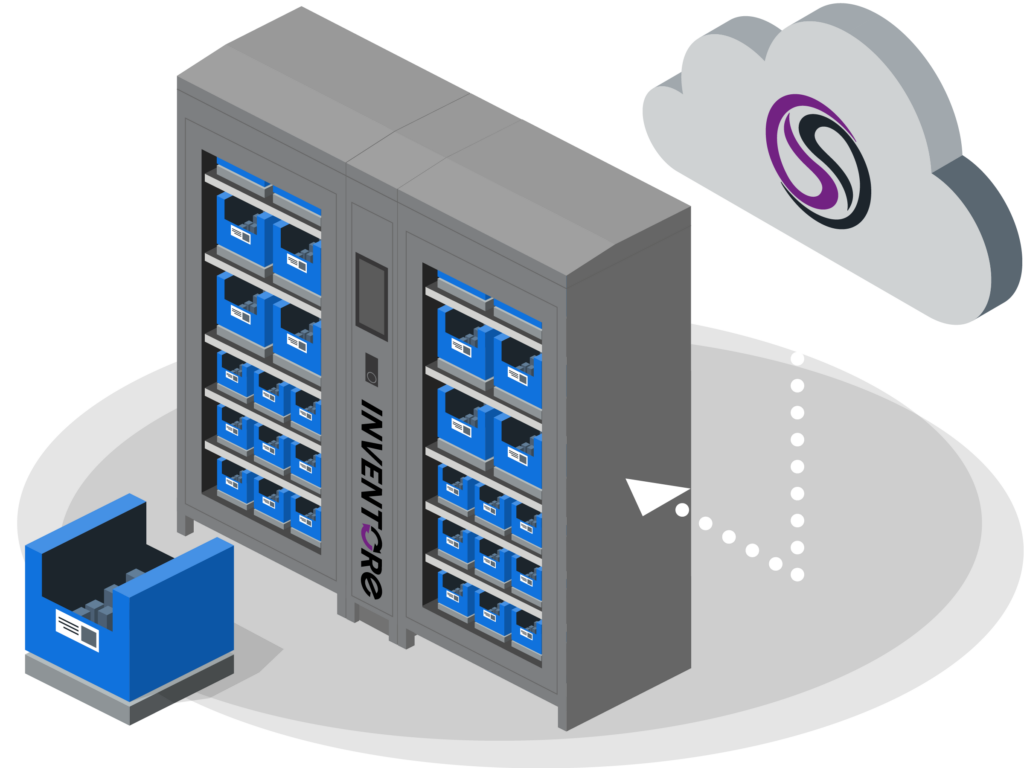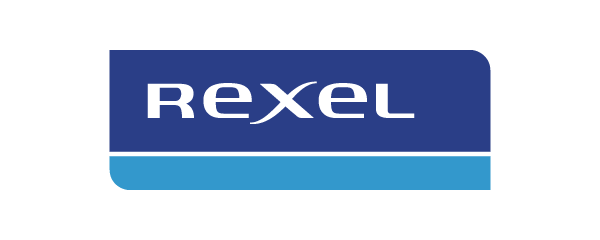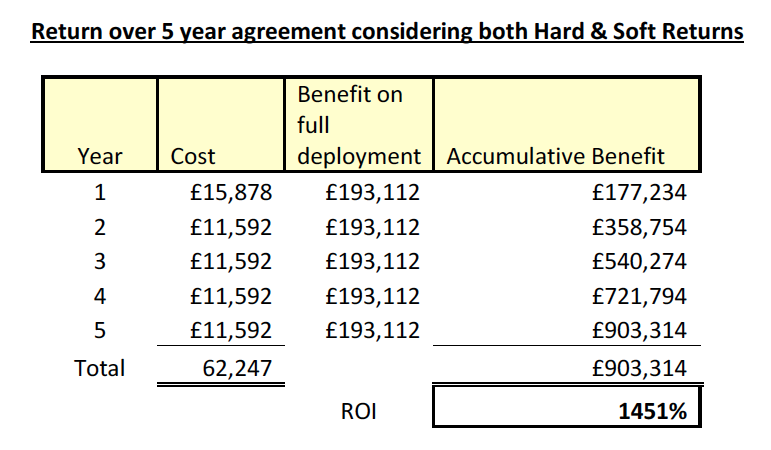The integration of Internet of Things (IoT) technology in social housing for inventory and asset management holds the promise of transforming the way housing providers track, maintain, and optimise their resources. This short whitepaper explores the applications, benefits, challenges, and future prospects of implementing IoT solutions to enhance inventory and asset management within social housing communities.
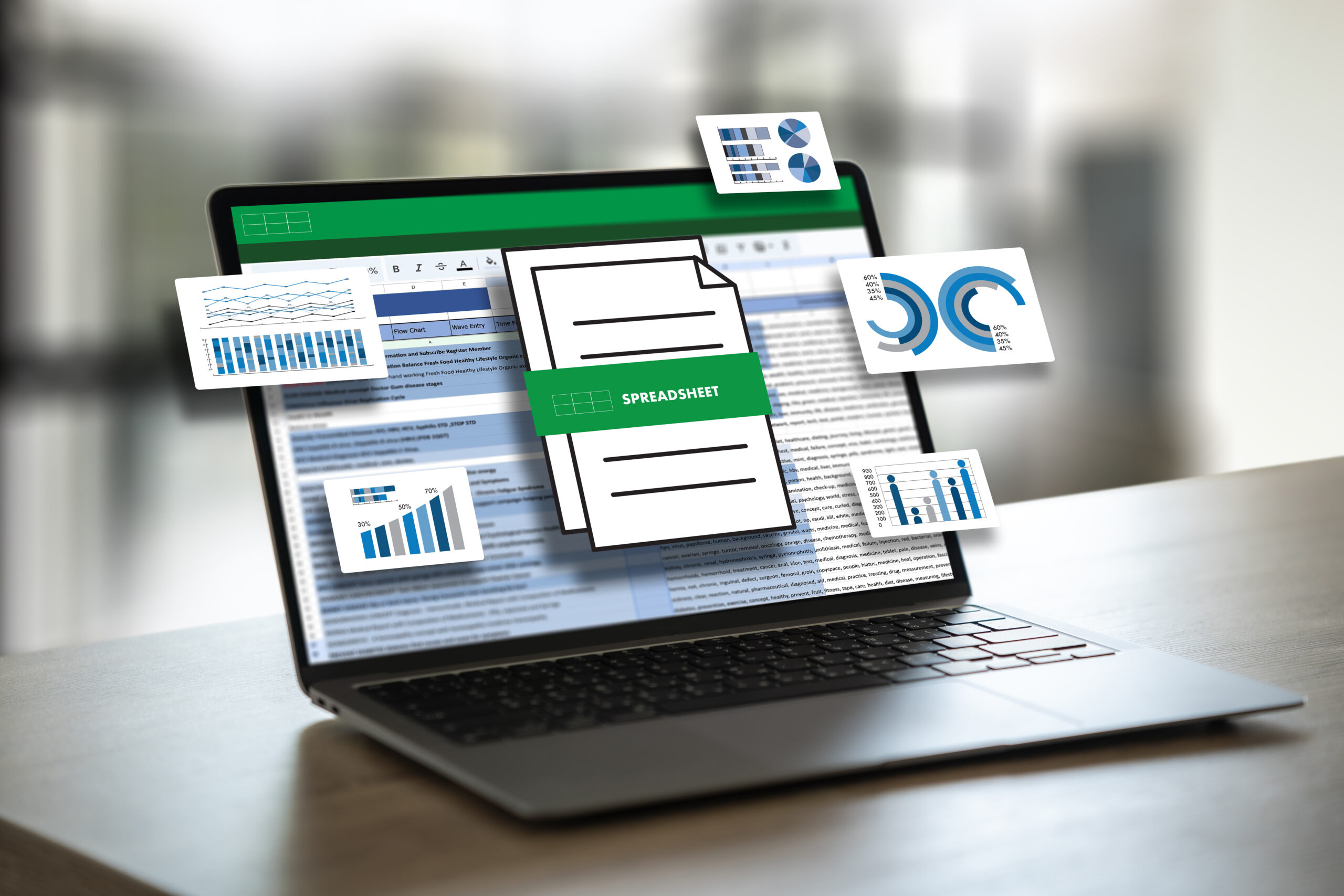

The Internet of Things (IoT) refers to a network of interconnected physical devices, objects, and systems that can communicate and exchange data with each other over the Internet or other communication networks. These devices, often embedded with sensors, software, and other technologies, collect, and transmit data to central systems or other connected devices, enabling them to interact and make intelligent decisions without requiring direct human intervention.
In essence, IoT extends the concept of internet connectivity beyond traditional computing devices like computers and smartphones to include a wide range of everyday objects and machines. These objects can include anything from household appliances, industrial machinery, vehicles, wearable devices, and even infrastructure components like streetlights and utility meters.
The use of IoT devices in Social Housing could include applications such as managing tools, installed components (boilers, showers etc.), carrying out testing and inspections on things like fire doors or damp and mould problems, and of course, managing van stocks.
1. Managing inventory and assets efficiently
Managing inventory and assets efficiently is critical for social housing providers to ensure optimal resource utilisation, reduce operational costs, and enhance resident satisfaction. IoT technology offers a comprehensive solution by enabling real-time monitoring, data-driven decision-making, and predictive maintenance in the management of inventory and assets.
2. IoT Applications in Inventory and Asset Management
2.1 Real-Time Tracking
IoT-enabled sensors can be placed on inventory items, equipment, and assets to track their location, movement, and utilisation in real-time. This data provides accurate insights into asset availability and usage patterns.
2.2 Preventive Maintenance
Sensors can collect data on the condition and performance of assets. Predictive analytics can then identify potential maintenance needs, allowing housing providers to perform timely repairs and extend the lifespan of assets.
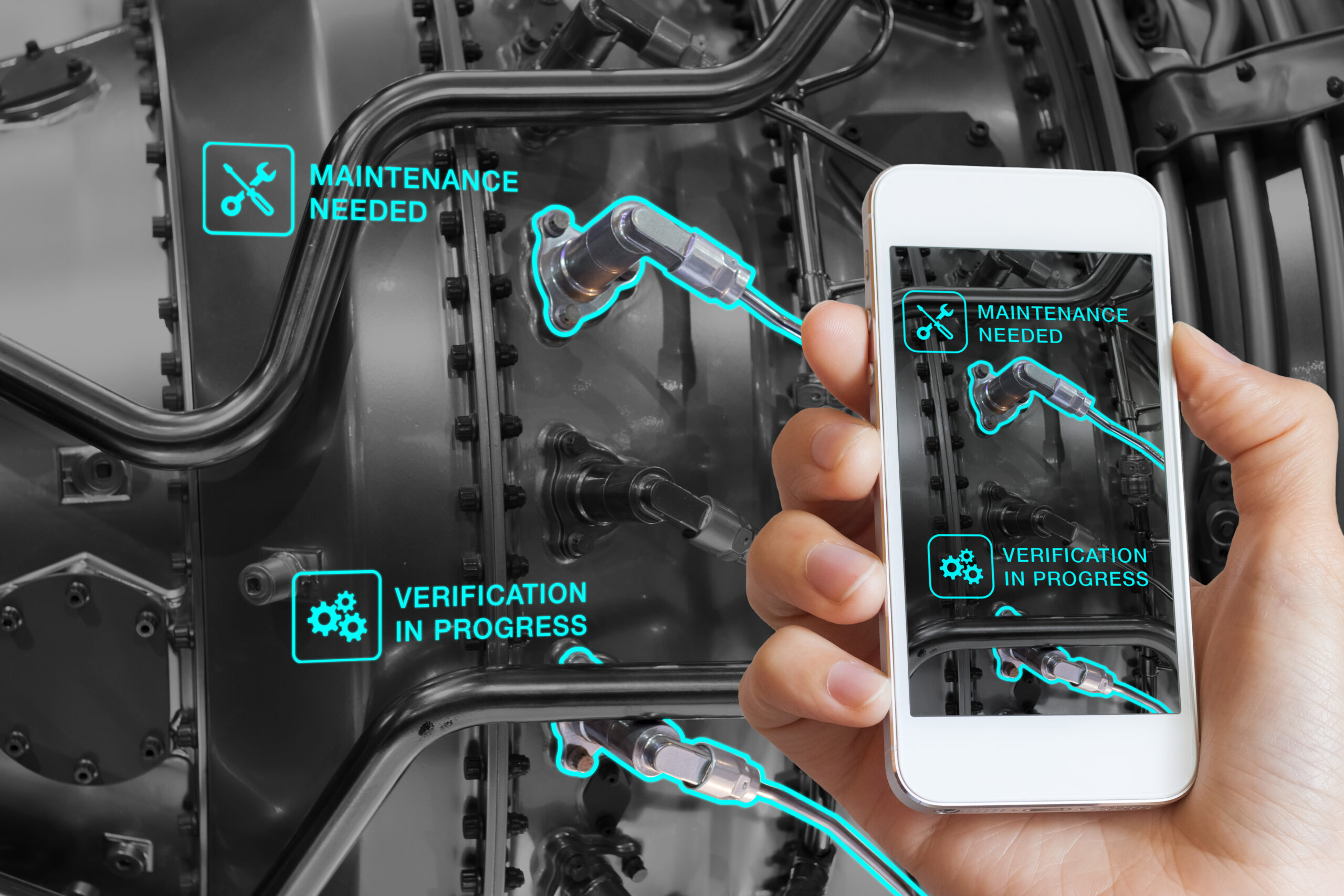

2.3 Inventory Optimisation
IoT systems can automate inventory management by tracking usage levels and triggering reorder requests when supplies are low. This reduces overstocking, understocking, and wastage. Systems such as van stock management tools which include apps and back-office reporting tools can provide significant savings by driving increased efficiency and productivity while reducing lost time and of course, carbon emissions through reduced journeys trying to locate materials.
2.4 Security and Loss Prevention
IoT-enabled security systems can protect valuable assets by monitoring entry and exit points. Alerts can be generated in case of unauthorised access or asset movement.
2.5 Data-Driven Insights
IoT-generated data provides valuable insights into asset utilisation, maintenance patterns, and overall operational efficiency. This real-time data integration aids in making informed decisions.
2.6 Warranty Management & Testing
Combining IoT with other technology such as NFC and RFID tags allows a multitude of applications and data collection. These tags can be set up to be a product, a location and/or an asset. Or all 3 in combination. As it’s the same technology used in phones for low-touch payments like Apple Pay, almost all phones now have built-in NFC reading capability, meaning the cost to establish is low.
With the right back-office system, there are no limits to the type and volume of data that can be stored or generated at the point a tag is scanned, and some or all of that can be displayed on the mobile device at any point. Consider the applications… Fire door inspections, warranty and supplier checks in real-time, component data, service history, next required inspection, or test. And with the requirement to physically scan the tag, you can ensure that someone really did go to the item in question, not just a remote exercise.

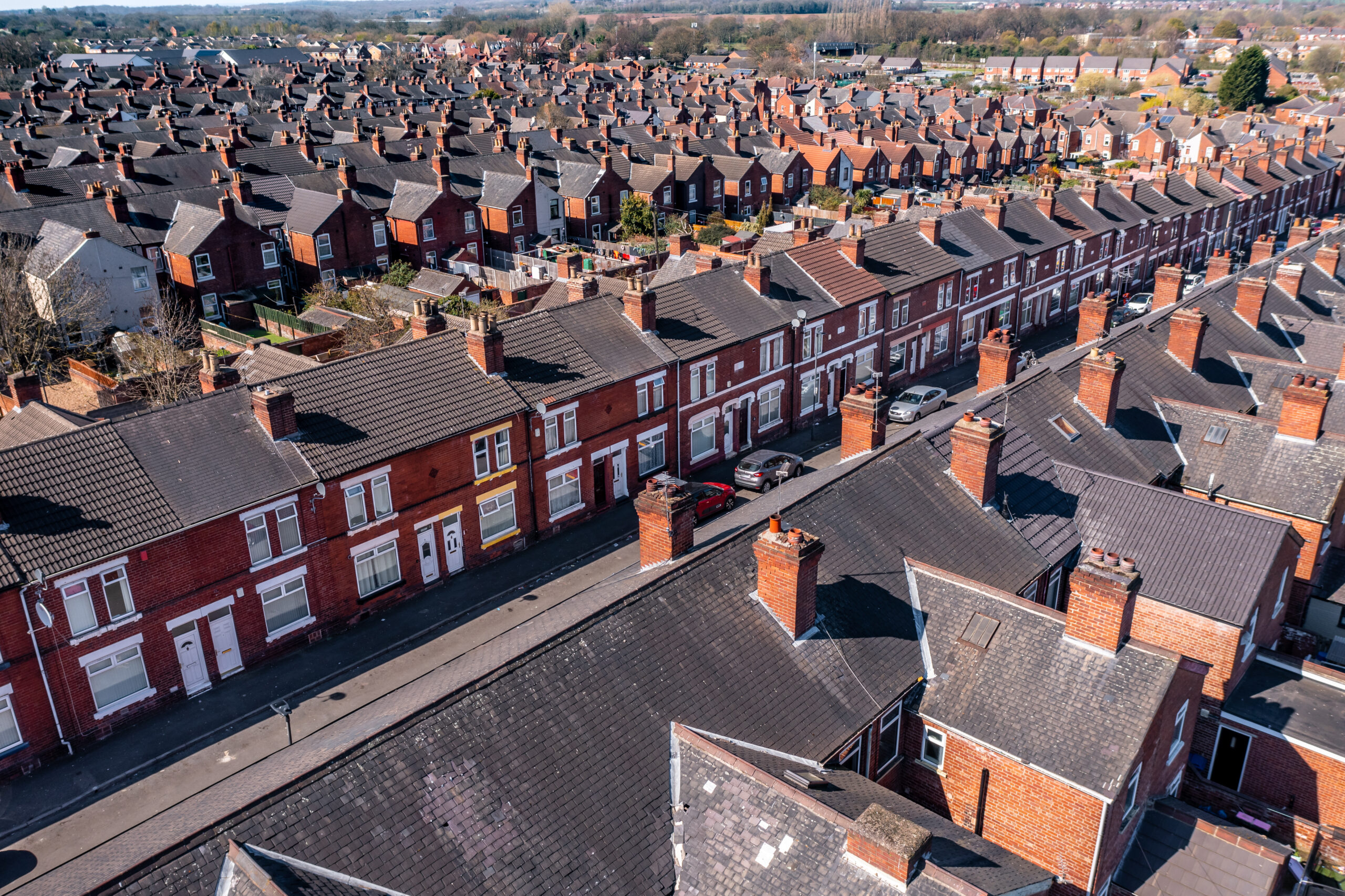
3. Benefits of IoT in Inventory and Asset Management
3.1 Improved Resource Utilisation
Real-time tracking and data analytics enable housing providers to optimize the allocation of assets and inventory, reducing wastage and unnecessary purchases.
3.2 Enhanced Maintenance Efficiency
Predictive maintenance based on IoT data prevents asset breakdowns, reduces downtime, and extends the lifespan of assets, leading to cost savings.
3.3 Increased Security
IoT-enabled security systems minimise the risk of asset theft and unauthorised access, contributing to overall community safety.
3.4 Streamlined Operations
Automated inventory management and asset tracking processes lead to streamlined operations, freeing up staff time for more strategic tasks.
4. Challenges and Considerations
4.1 Implementation Costs
Initial investment in IoT hardware, software, and infrastructure can be a barrier to adoption. However, the long-term benefits often outweigh these costs.
4.2 Data Privacy and Security
Collecting and transmitting data from IoT devices requires robust security measures to protect sensitive information from breaches and unauthorised access.
4.3 Integration with Existing Systems
Integrating IoT solutions with legacy systems and processes can be complex and require careful planning to ensure seamless operation.
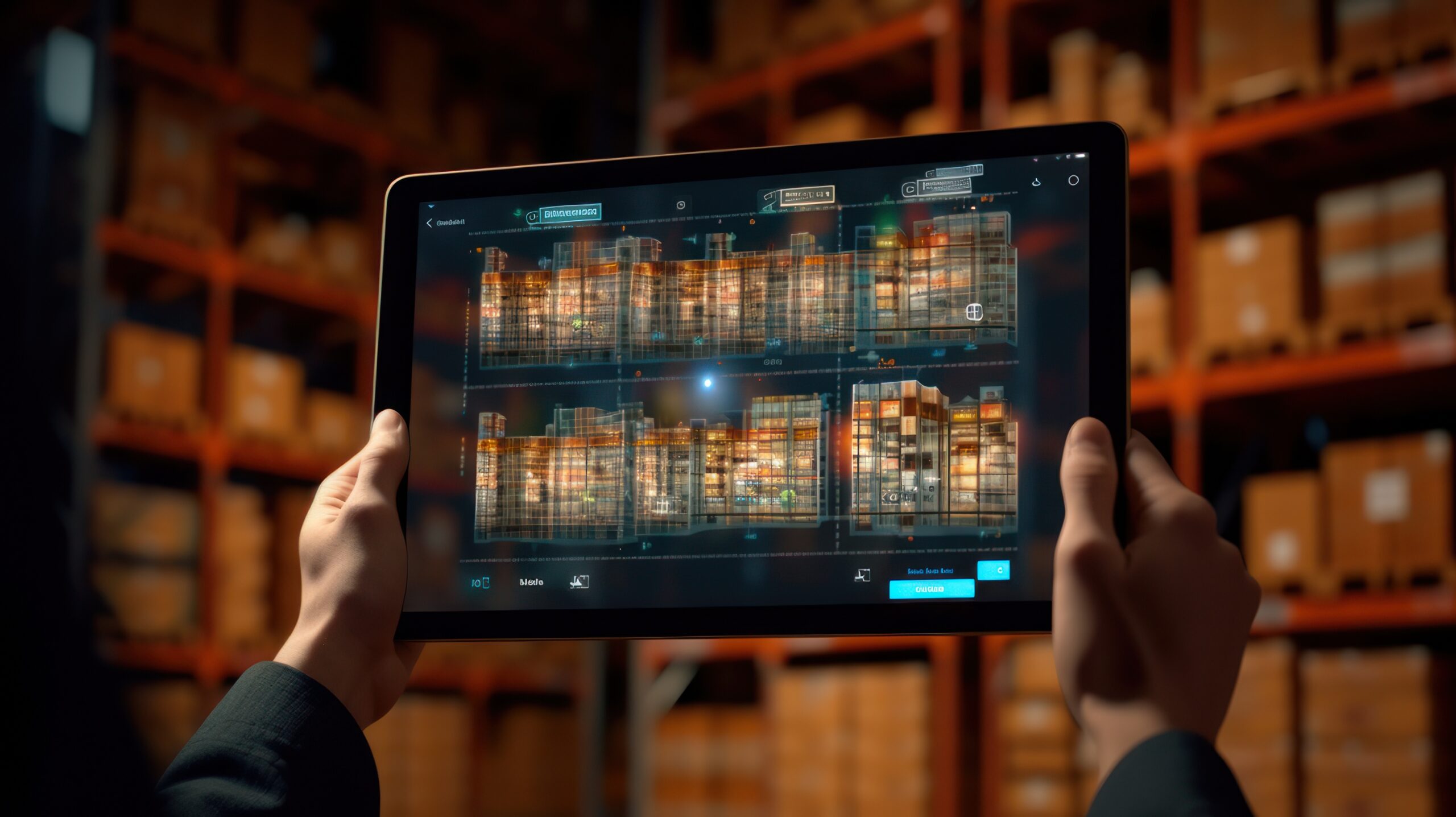

5. Future Trends
5.1 Edge Computing
Edge computing allows data processing to occur closer to the data source, reducing latency and enabling faster decision-making.
5.2 AI-Powered Analytics
Advanced AI algorithms can analyse IoT-generated data to provide deeper insights, predict maintenance needs, and optimize resource allocation.
5.3 Blockchain for Data Integrity
Blockchain technology can enhance data security and integrity, ensuring that asset and inventory records are tamper-proof and transparent.
IOT – A Transformative Opportunity
IoT technology presents a transformative opportunity for social housing providers to revolutionise their inventory and asset management processes. By embracing IoT-enabled tracking, monitoring, and analytics, housing communities can achieve enhanced efficiency, cost savings, and improved resident services. Overcoming challenges and staying updated with emerging trends will be key to successful implementation and realisation of these benefits.
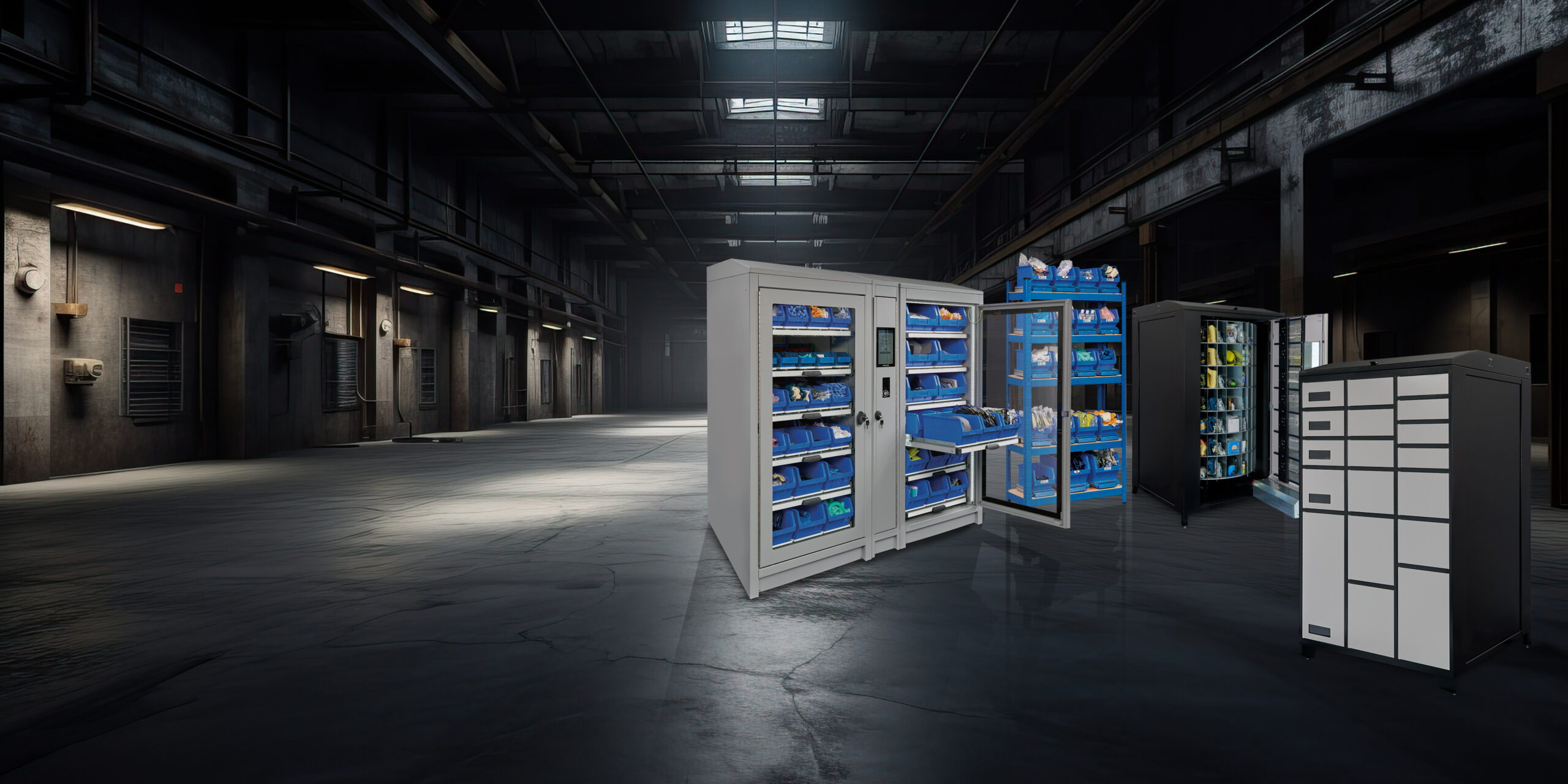
Contact Inventor-e Today!
Ready to experience the digital transformation in the housing association? Explore Inventor-e’s innovative solutions and discover how our housing asset management software can help you leverage the power of IoT in social housing.
To learn more about Inventor-e and its products and services, get in touch with us here. We are happy to help!
